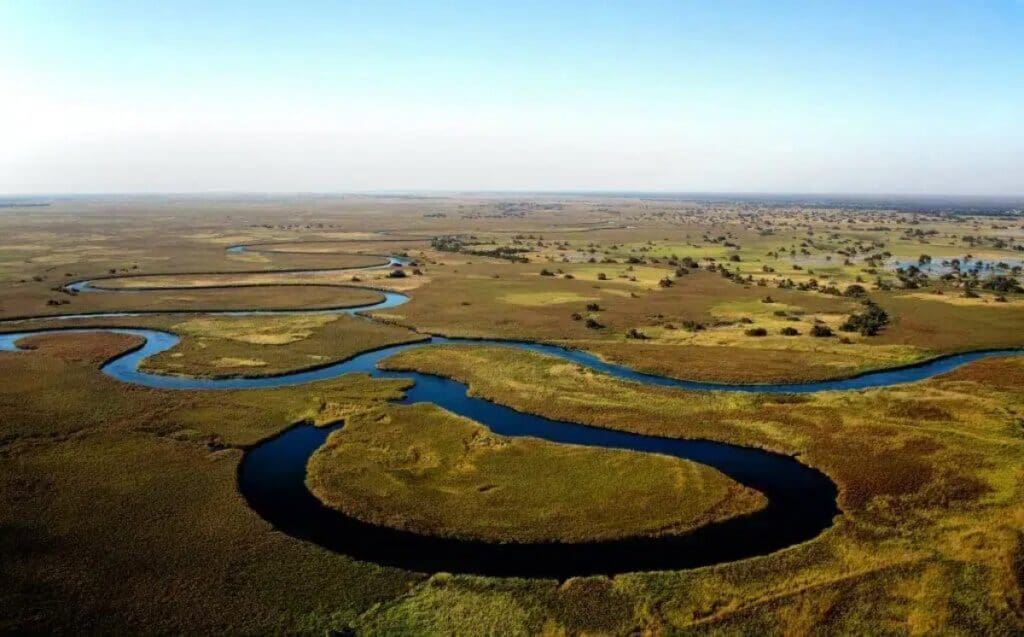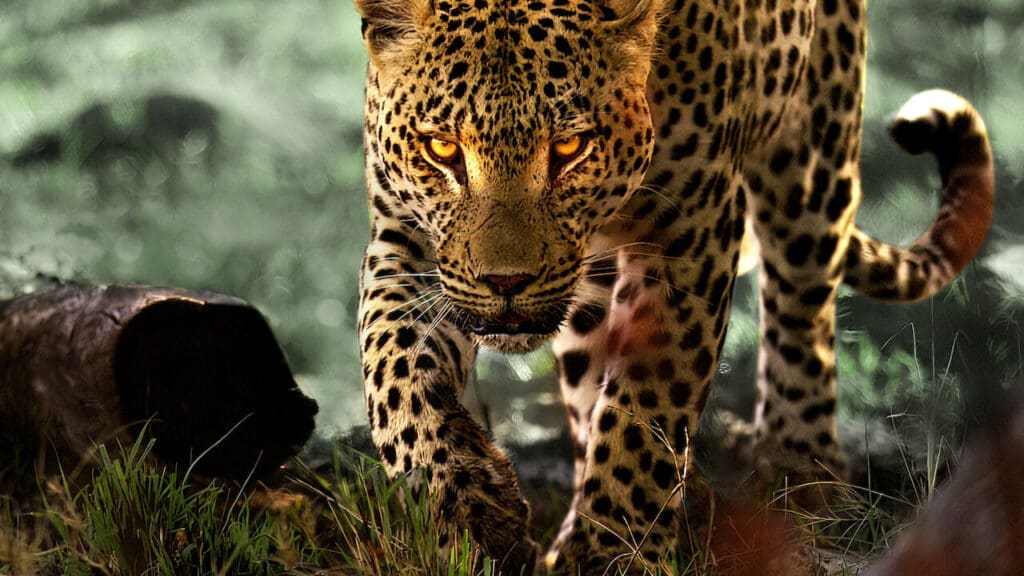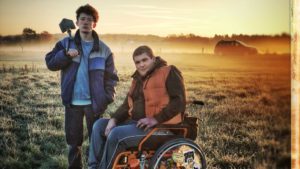The strength of any nature documentary is in its filming locations and techniques. Living With Leopards, filmed in the Okavango Delta in Botswana and streaming on Netflix, intimately chronicles the journey of two leopard cubs from their youth to adulthood, using a variety of filming techniques combined with the most crucial ingredient of all — patience.
Filming Locations
The majority of Living With Leopards was filmed in Botswana and surrounding areas. Botswana is a perfect area for leopards, and there is plenty of other wildlife to see there, too.
The Okavango Delta is an inland river delta that provides a lush habitat for many animal species thanks to reliable seasonal flooding.
Leopards can be found in many different areas including Africa, the Caucasus, and Asia. However, I’m sad to report that the number of these beautiful creatures is in decline, making this documentary even more prevalent.
In North Africa, leopards are considered to be locally extinct. As far as preferred territory goes, leopards enjoy being in savanna and rainforests and reside in undisturbed locations. The danger arises when leopards become aware of livestock that is protected by humans.
How Did The Production Crew Film?

The Okavango Delta, used for filming Living with Leopards | Image via BirdLife International
Various techniques are used by the crew to capture the story as it unfolds, and as is often the case in this kind of production, patience is the one thing required. Leopards are by nature largely independent and solitary figures, and part of their technique for stalking prey means that they can be still for hours as they hunt.
Incredibly, the filmmakers would stumble on the two recently born cubs entirely by accident.
The filmmakers are seen in Jeeps, with cameras mounted to the vehicles, enabling them to drive to areas and film the leopards from afar. Brad would be following a leopard as she hunted for prey, and the unusual risks the animal had taken to find food would lead Brad to the den where containing the two vulnerable cubs.
The mother would be particularly careful to protect the cubs, making them hard to film, but when they took their first steps out of the den, Brad was there to capture the event.
The crew behind the cameras would name the cubs, and the mother and father, and follow them as they embark on their first steps into the wild.
Night vision cameras are also essential, as a lot of the action can happen under cover of darkness. Long-lensed cameras are also essential so the crew can observe from a distance without disturbing the animals or endangering themselves too.
Camera traps are another way that footage is obtained, with cameras positioned carefully in areas of activity, that are triggered automatically when motion is detected, leading to some amazing shots of the animals in their natural environment.
The Team Behind The Documentary
Living with Leopards was directed by Brad Bestelink and Alex Parkinson.
Brad has worked extensively on nature projects, including a 2019 TV movie titled Lion Brothers: Cubs to King. Alex also has a strong portfolio of work and in 2021, he was the writer and director of Lucy The Human Chimp, which told the story of Lucy the chimp, who was raised in the 1960s as a human.
Lucy would go on to live in The Gambia with a young student for six years.



